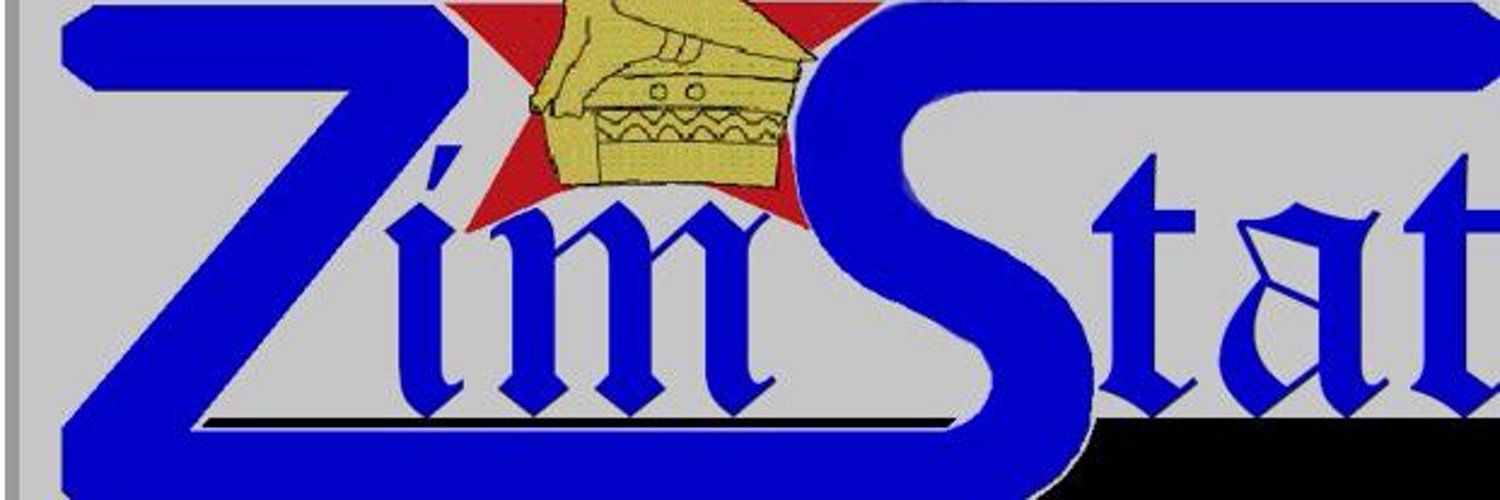RioZim mega solar plans in limbo
UNCERTAINTY over exchange control provisions to allow investors easy repatriation of their funds when due has reportedly hampered resources firm RioZim’s plans to progress four multi-million dollar solar power projects with a combined output of 178 megawatts (MW).
The Zimbabwe Stock Exchange (ZSE) listed group intended to develop solar power stations in phases for uninterrupted power supply to its mining operations at Murowa (diamond) in Zvishavane Renco (gold) in Masvingo, Cam and Motor (gold) in Kadoma and Dalny (gold) in Chakari.
In 2019, RioZim announced it had signed a US$200 million agreement with China Gezhouba Engineering International for the development of four solar power plants at four of its mining operations across the country.
The company said at the time that the projects would only supply its mines, but that any excess energy would be channelled into the national grid in light of the crippling electricity shortages besetting the entire economy.
Earlier in April 2018, RioZim had also indicated it had engaged Japanese renewable energy company Univergy International to build four solar power stations with the capacity to produce 100 megawatts to supply cheaper energy to the group’s biggest mines.
But again this initiative appeared to have suffered a stillbirth amid speculation that the prospective foreign investors developed cold feet in light of issues around foreign exchange control guarantees to enable them to recoup their investments.
In fact, RioZim has faced unending challenges securing funding to develop its energy projects, with the highlight being the Sengwa coal-fired power project, which has not gotten off the ground since the early 1990s due to issues around lack of funding.
RioZim spokesperson ,Wilson Gwatiringa, declined to comment on the status of the solar projects.
“I have no comment,” he said.
This publication, however, understands the plans are in limbo with little evidence the projects may take off the ground any time soon.
Zimbabwe faces a critical shortage of electricity required for industrial, commercial, and household consumption, which forces State power utility zesa to implement long hours of rationing in order to balance up demand and supply.
During peak hours, demand for power reaches 2 200MW while the country can only generate a maximum average of 1 400MW, assuming its two major power plants are operating at full throttle, which is rarely the case.
Output from Zimbabwe’s largest power plant, Kariba South, a 1 050MW hydro-powered facility, is currently producing at significantly curtailed capacity due to critically low water levels in Lake Kariba following consecutive poor rainfall seasons.
Hwange Power Station, a thermal power plant with a nameplate capacity of 920MW and also the second-largest facility, is bogged down by frequent breakdowns due to its advanced age, which reduces its reliability to supply power.
While zesa attempts to minimise the negative impact of power shortages by importing from the region, challenges in procuring adequate foreign currency limit the amount it can purchase to supplement domestic supplies.
Private sector companies try to limit the impact of regular and widespread power outages on their operations by using emergency measures such as diesel generators, which business leaders argue are more costly interventions.
Highly placed sources said RioZim’s plans to address such a situation had not progressed well as foreign investors are spooked by the absence of exchange control guarantees to enable investors or financiers to repatriate capital and dividends once they become due.
“There have been big challenges . . . Government has (since) formed this IEUG (intensive energy user group), a group of exporters; which have been allowed to pay for power in foreign currency and to have that bill deducted from (their) exports.
“So, we are now organizing; this arrangement will allow power to be priced in foreign currency; to be paid in foreign currency and to be paid for in a jurisdiction where there are no foreign exchange controls.
“This is because the financiers are saying if we bring in the money, you cannot promise that it will be paid back; (as things stand) we may have to look for forex from the auction but we may fail to get the required amount.
“So, they (investors) want that assurance, which the Government has agreed to, this is the only solution. But we are now working on the actual practical framework of how to implement it,” a source said.
RioZim reportedly held a meeting with the central bank to explore ways in which financiers could get the comfort they need to fund local projects.
“We want to pay for power from the (investors into solar energy projects); if the investors are paid in foreign currency for the power, they can in turn be able to mobilise the requisite funds to pay for the loan to build the power plans.
“There was no solar (investment) simply because of that; no one could afford to pay the banks after being paid in Zimbabwe dollars. Now that this has been agreed on in principle, we are putting in the legal framework for a statutory instrument and the Reserve Bank of Zimbabwe to sign what is acceptable to banks.
“We are literally in limbo, we cannot move until that framework is in place, we were actually at the Reserve Bank of Zimbabwe discussing the issues; maybe before the end of October we will have a solution,” the source said.
An acute shortage of foreign currency in Zimbabwe, following years of economic meltdown, compromises the country’s exchange control authorities’ ability to facilitate the repatriation of capital and dividends for foreign investors.
But sources said investors were concerned that providing funding into long-term projects in Zimbabwe faced serious country risk issues relating to challenges in repatriating the investment, forex liquidity and dividends.-ebusinessweekly










